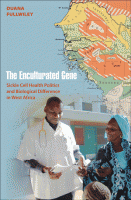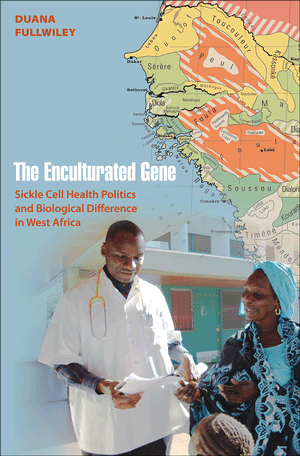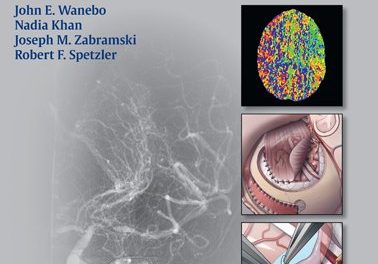 Author: Duana Fullwiley
Author: Duana Fullwiley
Publisher: Princeton University Press
Book Review by: Paiso Jamakar
According to Wikipedia, the prevalence of sickle cell disease – wherein the red blood cells become abnormally shaped like crescents instead of their normal round shape – is highest in West Africa. About 25 percent or one of every four people in that part of the world may be afflicted with sickle cell anemia.
This region includes Senegal with a 2012 population of some 12,855,000 people. If we were to use the 25 percent figure, we come up with some 3.2 million Senegalese afflicted with sickle cell anemia. That is truly a huge number of people.
This book of Duana Fullwiley, an associate professor of anthropology at Harvard University, is essentially a ‘medical ethnography’ or the study of the Senegalese people relating to the ailments and diseases they are afflicted with. But despite its title, this book is not just a scholarly treatise.
It is a shocking expose on how the lack of medical resources and health care funding in Senegal have had tragic and fatal consequences upon sickle cell anemia sufferers there.
It demonstrates how, with the spread of this disease in the midst of utter lack of funds, politicians, in order not to look complacent, have forced medical researchers and investigators to classify or reclassify sickle cell anemia cases as ‘mild’ forms affecting the Senegalese people.
International donors and scientists, along with local people, have been duped into thinking that sickle cell anemia patients there have not been affected as seriously as they actually have been, based upon medical evidence.
Ms. Fulwiley expresses her dismay of this situation in Senegal in her Preface:
“In it I argue that patients with sickle cell express the symptoms of blood disease through their bodies and biology, yet they do so by articulating pain, health, and normalcy (emphasis mine) in light of idioms of kinship, colonial histories of race, postcolonial population genetics, material medical lack, and failed health infrastructure that mark nearly every aspect of their lives.”
Disease ontology, or the framework under which a disease develops, is important in studying a disease among a group with similar ethnic characteristics. So Ms. Fulwiley writes:
“I claim that sickle cell, like any disorder, has no single disease ontology that could be possibly stripped from the historical and political structures in which people affected live. Social actors – patients and families, as well as scientists, doctors and healers – have brought about specific experiences of this disorder in their everyday struggles with the economics of health care, in their efforts to reorder their global standing, in their hopes to establish scientific authority, and in the survival tactics they forge through therapeutic social supports with others.
With such a large proportion of the Senegal population having the disease, one would expect that the government of that country would take massive action to combat it, through financial and non-financial resources, including volunteers who could help save the lives of their fellowmen, and prevent the spread of the disease.
Surely, they could seek, and surely receive aid from other countries’ governments as well as private charitable organizations as well as other donors, to help save lives and prevent the loss of more. But sadly, the country’s leaders seem to be standing on the wayside.
What is worse is the widespread, ingrained wrong belief that most Senegalese have a ‘mild’ form of sickle cell anemia. As the author writes:
“When the state is not a key player in cultural and medical processes, as has been the case with sickle cell care in Senegal, its absence easily becomes a consequential target for complaint, protest and action….as certain thinkers have made clear, informal wealth and resource creation have become central to state functioning.”
In other words, are government leaders more interested in developing their personal assets than in safeguarding the health of the people of the country?







